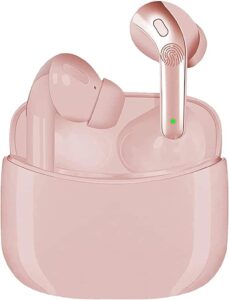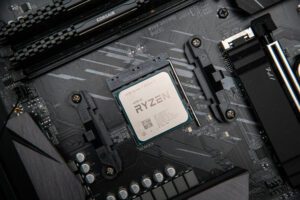In today’s digital age, laptops have become an essential tool for work, education, and entertainment. The touchpad, a built-in pointing device found on most laptops, offers convenience and ease of use. However, encountering issues with your laptop touchpad can be frustrating and hinder your productivity. If you’re experiencing problems with your laptop touchpad not working, fret not! In this comprehensive troubleshooting guide, we’ll explore common causes and practical solutions to help you resolve this issue quickly. Let’s get started!
Understanding the Problem
Before diving into the troubleshooting steps, it’s important to understand the potential causes behind a malfunctioning touchpad. Here are some common culprits:
Driver issues: Outdated or corrupted touchpad drivers can prevent the touchpad from functioning correctly.
Hardware problems: Physical damage, loose connections, or faulty hardware components can lead to touchpad malfunction.
Software conflicts: Certain applications or settings may interfere with the touchpad’s functionality.
Step-by-Step Troubleshooting: How To Fix Laptop Touchpad
Now, let’s go through a step-by-step troubleshooting process to identify and fix the issue:
Restart your laptop: Sometimes, a simple restart can resolve minor software glitches causing touchpad problems.
Enable the touchpad: Ensure that the touchpad is not disabled. Look for a touchpad enable/disable button on your laptop’s keyboard or check the settings in the Control Panel.
Update touchpad drivers: Visit the manufacturer’s website or the laptop manufacturer’s support page to download and install the latest touchpad drivers compatible with your laptop model.
Check for hardware issues: Examine the touchpad physically for any signs of damage. If possible, open your laptop and ensure the touchpad is securely connected to the motherboard. Consider contacting a professional technician if you suspect a hardware problem.
Adjust touchpad settings: Explore the touchpad settings in the Control Panel or the laptop’s dedicated software. Make sure the touchpad sensitivity, gestures, and scrolling options are properly configured.
Disable conflicting software: Temporarily disable any third-party software or antivirus programs that might be conflicting with the touchpad. Check if the touchpad works without those applications running.
System Restore: If the touchpad recently stopped working after a software installation or system update, consider performing a system restore to revert your laptop’s settings to a previous working state.
External mouse test: Connect an external mouse to your laptop and check if it works properly. This will help determine whether the issue lies solely with the touchpad or if it’s a more general input problem.
Prevention and Additional Tips For Laptop Touchpad
To prevent future touchpad issues, consider implementing the following tips:
Keep your laptop updated: Regularly install software updates and drivers provided by the manufacturer to ensure compatibility and improved functionality.
Exercise caution: Avoid applying excessive pressure or using sharp objects on the touchpad to prevent physical damage.
Clean the touchpad: Gently wipe the touchpad surface with a soft cloth to remove any dust, dirt, or debris that may interfere with its performance.
FAQ
Q1: Why is my laptop touchpad not working after a Windows update?
A1: Windows updates can sometimes cause compatibility issues with touchpad drivers. Try reinstalling the touchpad drivers or rolling back the Windows update to resolve the problem.
Q2: How can I enable the touchpad on my laptop?
A2: To enable the touchpad, look for a touchpad enable/disable button on your laptop’s keyboard or navigate to the touchpad settings in the Control Panel. You can also try pressing the Fn key along with a function key that has a touchpad icon.
Q3: My laptop touchpad is physically damaged. Can it be repaired?
A3: If the touchpad is physically damaged, it may require professional repair or replacement. Contact the manufacturer
Conclusion:
A non-responsive laptop touchpad can be frustrating, but with the right troubleshooting steps, you can often resolve the issue yourself. By following this guide, you’ll be able to identify and address the most common causes of touchpad malfunctions. Remember to stay patient and methodical throughout the process, and don’t hesitate to seek professional help if needed. Enjoy the hassle-free use of your laptop touchpad once again, and get back to your productive tasks with ease!



